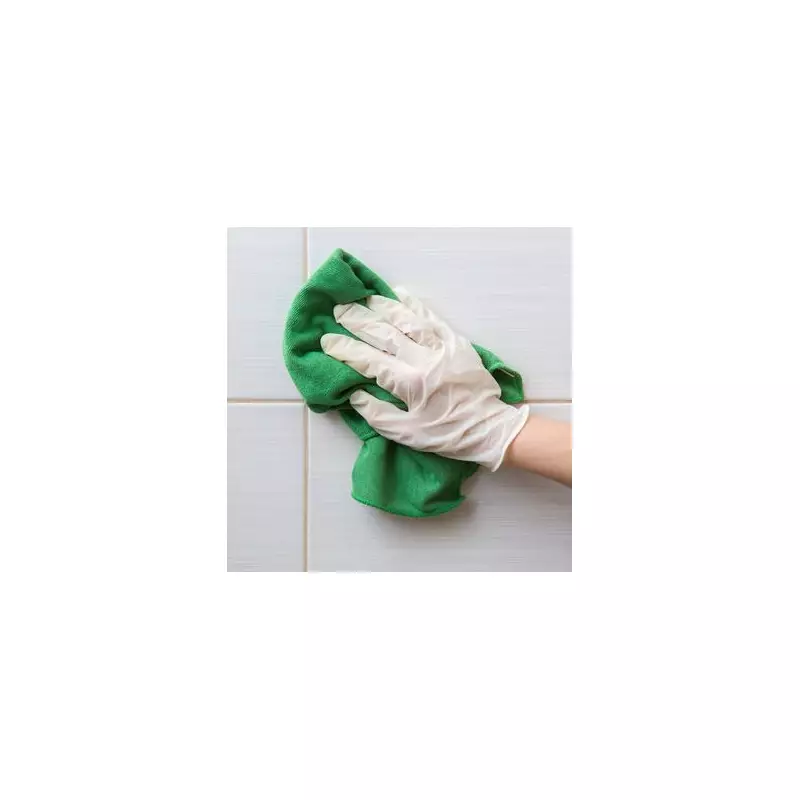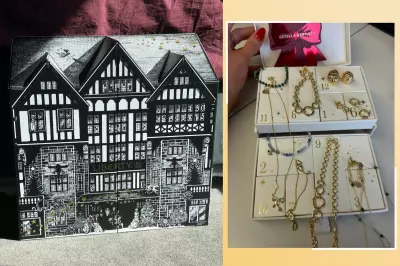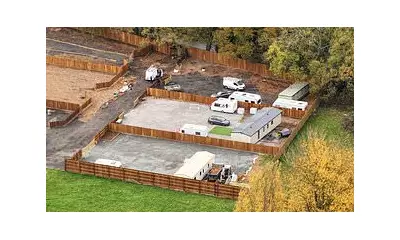
Homeowners across the UK have been making a critical mistake when cleaning their bathroom tiles, and it's causing permanent damage to their grout lines. The common practice of using bleach to achieve sparkling white grout is actually backfiring, according to cleaning experts.
The Hidden Damage Behind That 'Clean' Look
While bleach might appear to whiten grout temporarily, it's secretly weakening the structural integrity of your tiling. The harsh chemicals in bleach eat away at the grout, creating microscopic holes and cracks that become breeding grounds for more mould and mildew.
"People think they're solving the problem, but they're actually making it worse in the long run," explains a home improvement specialist. "The bleach damages the grout's surface, making it more porous and vulnerable to future staining."
Safer Alternatives That Actually Work
Instead of reaching for the bleach bottle, experts recommend these effective and gentle solutions:
- Baking soda paste: Mix with water to form a thick paste, apply to grout lines, and scrub with an old toothbrush
- White vinegar solution: Combine equal parts vinegar and water in a spray bottle for daily maintenance
- Hydrogen peroxide: A much gentler bleaching agent that doesn't damage grout structure
- Steam cleaning: Professional steam cleaners can lift dirt without chemicals
Prevention Is Better Than Cure
Regular maintenance proves more effective than aggressive cleaning. Wiping down tiles after showers and ensuring proper bathroom ventilation can prevent mould growth before it starts. For severely stained grout, regrouting might be necessary, but with proper care, this can be avoided for years.
The message from cleaning professionals is clear: that quick bleach fix is costing homeowners more in long-term repairs than they save in temporary convenience.





